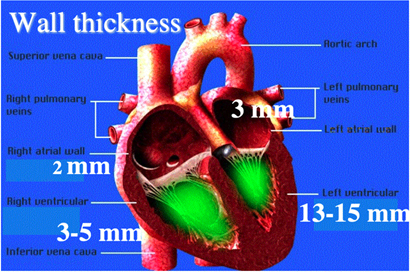Which structure is located on the sternum?
Hyoid bone
Xiphoid process
Ossa coxae
Sesamoid bone
The Correct Answer is B
The xiphoid process is a small, cartilaginous extension located at the inferior end of the sternum (breastbone), which serves as an atachment site for certain abdominal muscles. The hyoid bone is a U- shaped bone located in the neck, not on the sternum. The ossa coxae are also known as the hip bones, which are in the pelvic region, not on the sternum. Sesamoid bones are small, rounded bones that are embedded within tendons and can be found in various locations throughout the body, but not necessarily on the sternum.

Nursing Test Bank
Naxlex Comprehensive Predictor Exams
Related Questions
Correct Answer is A
Explanation
The ureters are long, narrow tubes that transport urine from the kidneys to the urinary bladder. Each kidney has one ureter, which emerges from the renal pelvis (a funnel-shaped cavity in the kidney) and descends downward, passing behind the peritoneum and along the back of the abdominal cavity. The ureters then enter the bladder through small openings at the base of the bladder, where they join with the urethra, a tube that carries urine out of the body.

Correct Answer is B
Explanation
The left ventricle of the heart normally has the thickest wall, which is composed mainly of cardiac muscle tissue (myocardium). The left ventricle has to generate enough force to pump oxygen-rich blood to the rest of the body through the systemic circulation, which requires greater muscular effort than the right ventricle, which pumps blood only to the lungs via the pulmonary circulation. The thickness of the left ventricular wall ensures that it can withstand the pressure required to generate this forceful contraction.

Whether you are a student looking to ace your exams or a practicing nurse seeking to enhance your expertise , our nursing education contents will empower you with the confidence and competence to make a difference in the lives of patients and become a respected leader in the healthcare field.
Visit Naxlex, invest in your future and unlock endless possibilities with our unparalleled nursing education contents today
Report Wrong Answer on the Current Question
Do you disagree with the answer? If yes, what is your expected answer? Explain.
Kindly be descriptive with the issue you are facing.
